How & When to Plant Basil: Benefits, Tips, & Types
-
Pete Ortiz
- Last updated:
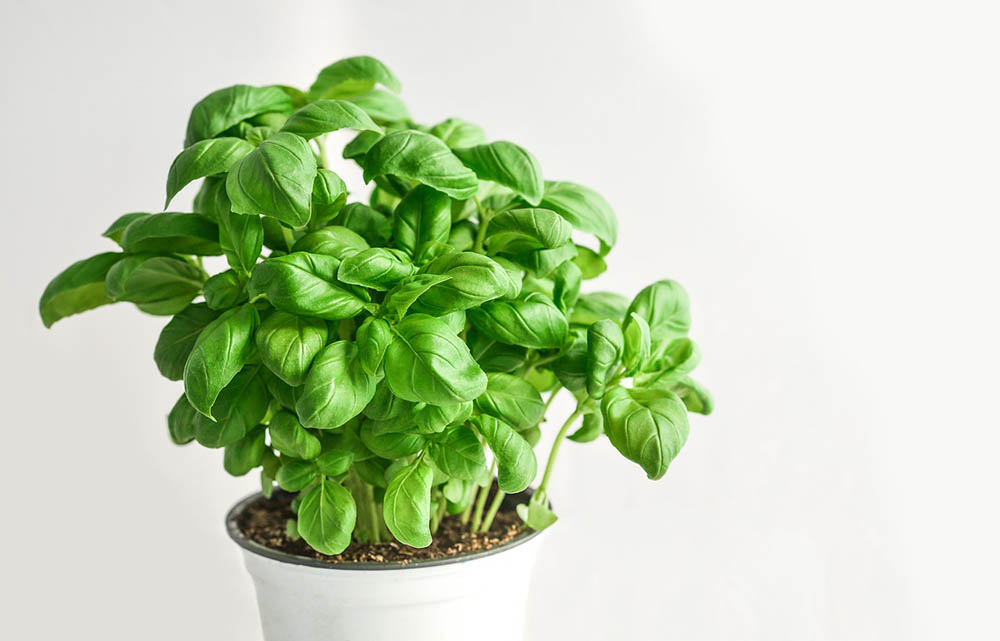
Basil is a fragrant herb that many people use as a culinary addition, plus it has many healing properties and medicinal purposes. Basil is considered a sacred plant, dating back to ancient Egypt as well as a popular sweet herb adored by people worldwide.
Planting basil in your garden can be a straightforward and rewarding process. Since basil has remarkable healing properties, it will make a lovely addition to any garden.
Health Benefits of Basil

The health benefits of the basil are incredible, and we will name just a few among the vast number of advantages. Basil contains antioxidants—such as lutein, beta-carotene, beta-cryptoxanthin, and zeaxanthin—which have great health benefits for humans. They also contain vitamins, minerals, and essential oils. Basil has an aromatic, refreshing, and slightly spicy taste, and it is best to use fresh herbs in everyday use. It is rich in substances that have an anti-inflammatory effect and it can help with kidney disease, digestive problems, and respiratory problems. You can use the juice from the leaves against colds and ear infections and help with the inflammation of the urinary tract.
- Heart disease prevention
- Alleviating anxiety
- Eliminating insomnia
- Protect against inflammations and infections
- Cancer prevention
- Regulates blood sugar
How To Plant Basil?
Basil is pretty easy to plant, and there are multiple ways to do it. Before you start, you need to prepare the soil. Deep plowing in autumn is mandatory to prepare the soil for sowing at a depth of 11.8 to 13.8 inches. In early spring, the surface is treated to preserve as much moisture as possible in the soil. Below are some of the best options for planting basil plants.
Planting Basil Seeds
The seeds are usually planted by hand or with a planter, with a 20-inch distance between rows. It is best to plant the seeds in the shallow ground and let the plant germinate. The plant will germinate at an impressive speed and grow young plants only after 10 days.
Growing Basil in Pots
Prepare a substrate—soil mixture—for growing basil in a pot. Such substrates consist of two parts sterilized garden soil, one part peat, and one part sand or perlite. For better progress, add some fertilizers containing phosphorus, potassium, and calcium to the mixture.
You can plant basil in a pot or box that does not have to be large, planting as deep as 4 to 6 inches. Put one handful of sand or pebbles on the bottom of the pot, which will serve as drainage. After you plant the seeds, keep the plants warm until they germinate.
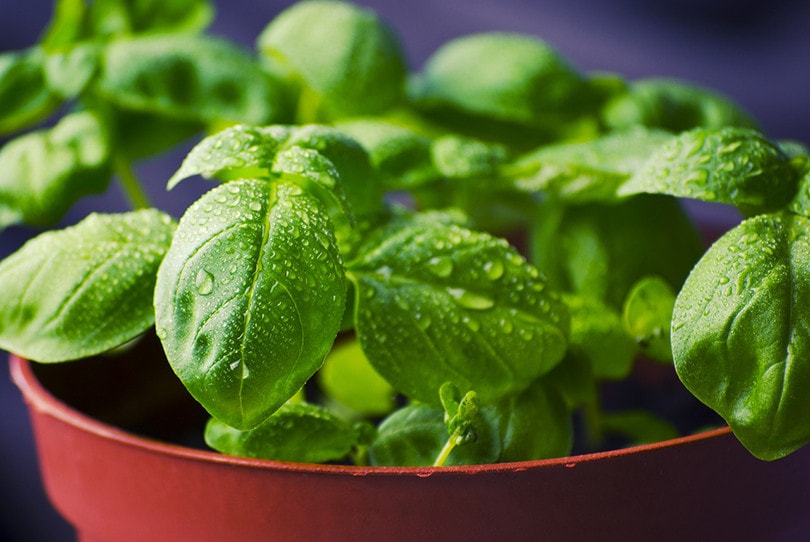
Find a Perfect Spot
Basil is good to plant all over the garden because its aromatic scent repels flies, mosquitoes, and mites. Next to tomatoes, it protects them from pests and attracts beneficial insects with its flowers. A few basil plants planted around cucumbers will benefit them and the fruits will taste great. The perfect spot to plant your basil is on a balcony or terrace because of the necessary heat and light.
The ideal place in your garden would receive a lot of sunlight during the day. Basil loves direct sunlight and will thrive in 6 to 8 hours of exposure a day.
Basil Growth Requirements
Like every other plant, basil needs specific requirements to grow and prosper. It is essential to inform yourself of the ideal conditions basil needs to thrive. It is a very low-maintenance herb, so growing basil will be effortless once you learn how.
Soil
Basil seeks loose and fertile soil, and it likes sunny and wind-protected habitats. Growers and alluvial soils are the most suitable. In addition to regular watering and fertilizing, you can successfully grow it on sandy soils. Autumn tillage is done at a depth of 11.8 to 13.8 inches. The cultivated land is left to overwinter in open furrows, and in the spring, you can cultivate the dried land to preserve moisture.
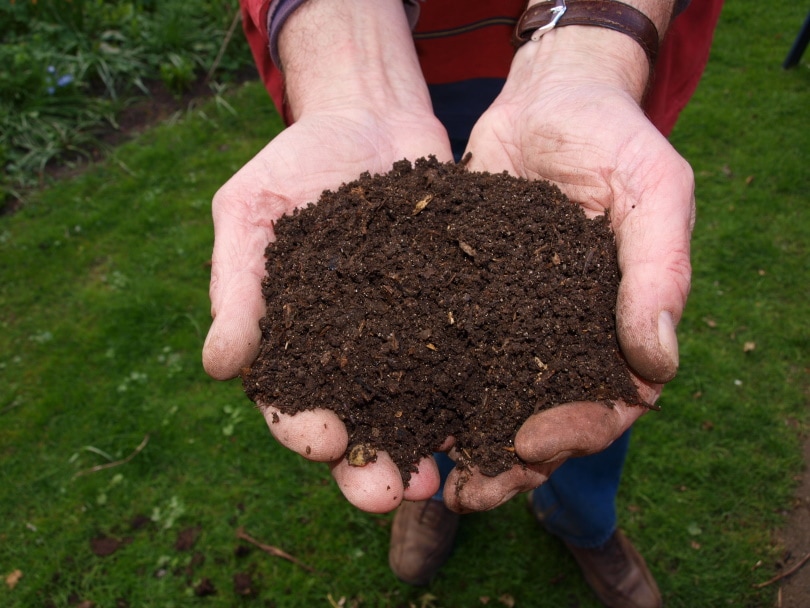
Climate
Basil thrives in places with a moderately warm climate. It grows best in warm and dry conditions—it is sensitive to cold, so it should be taken outside only from May when it is warm enough. It will germinate at a minimum temperature of 53.6°F, although the optimal temperature for basil germination is 64.4°F to 68°F.
Water
Basil root is shallow, so the plant requires a relatively large amount of moisture. It needs the most moisture in the stages of germination, sprouting, and budding. It’s best to water the plant frequently with lukewarm water.
Fertilization
Basil’s need for nutrients and fertilization is very high. When planting in the summer, a good amount of compost is enough, and with basil in a pot, add organic liquid fertilizer in a lower concentration every 2 or 3 weeks.
When to Plant Basil?
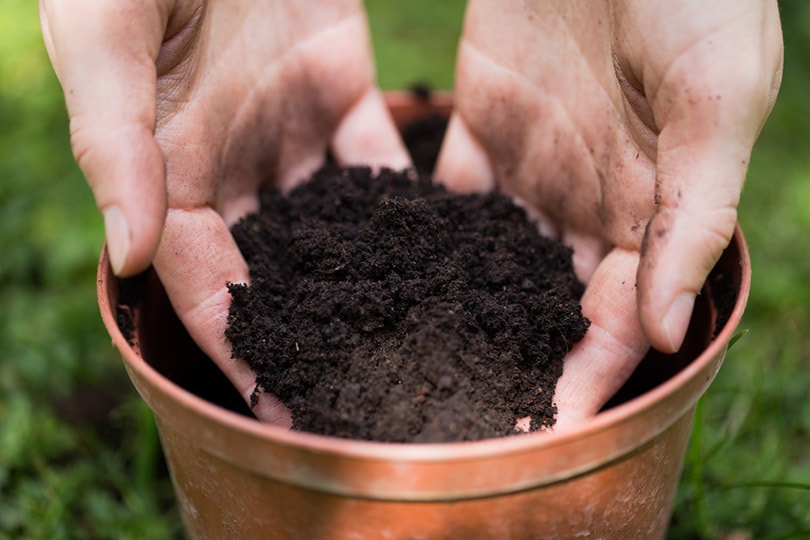
You can start planting basil when the soil reaches 50°F, which is the minimum requirement. Although basil would thrive best in temperatures closer to 70°F since it prefers warmer climates, the warmer the soil gets, the better the plant. The earliest time to grow basil in your garden would be 2 weeks after the last frost ends. Even though you can safely plant the basil after the last frost ends, the safest time is during the early summer.
How To Care for Basil Properly?
Regular Maintenance
It is necessary to maintain basil correctly and to destroy weeds by digging and cultivating the soil regularly. For satisfactory yields and quality, the greatest needs for water are in the stages of germination and growth, especially during branching and flowering. It requires a temperature of at least 53.6°F for germination. The best temperature for growth and development is between 64.4°F and 68°F.
Trim Regularly
It is essential to know how to cut basil. It is best to cut newer leaves from the top to ensure the growth of fresh leaves. You can cut the leaves safely only when the plant has at least six leaves and when it has grown 6 to 8 inches. When basil begins to bloom, it is necessary to regularly trim the leaves to encourage the growth of new ones and get a rich basil plant.
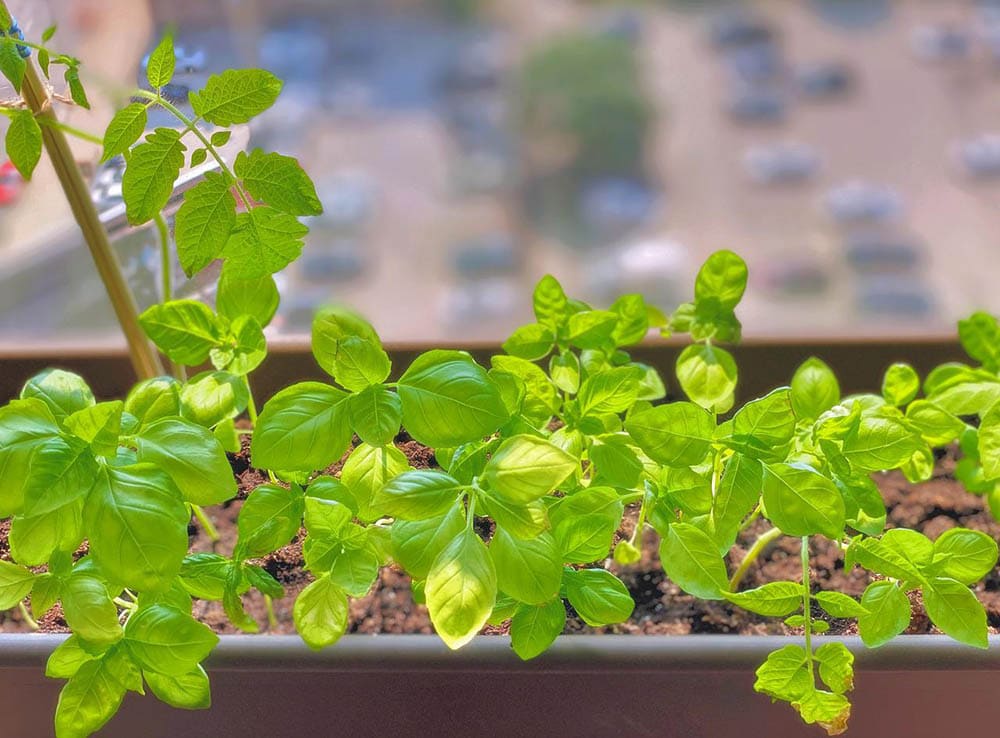
Drying and Storing Basil
Perfectly dried basil should still retain its natural green color and its characteristic pleasant aroma, bitter and aromatically spicy taste, and it should be free of inorganic origin. It can dry on a draft without direct sunlight. The optimal humidity for storing dry plants is 13%.
One of the ways to store basil is to mix the leaves with a bit of water immediately after picking, put them in an ice bucket and freeze them. The second is canning in olive oil so that the basil leaves are arranged in jars, salted and poured with olive oil, and then left in a cool and dark place.
Basil Varieties
There are dozens of varieties of basil, different from each other in size, shape, color, smell, and taste. Some of the most popular basil types include:
- Genovese: Most often used in cooking and is essential for preparing Italian pesto sauce. Basil Genovese (Basilico Genovese) is the most popular and most represented type of basil in cooking. It has a powerful aroma, attractive, sweet, delicate, and refreshing taste, not lost even after prolonged cooking.
- Clasico Basil: Has a powerful and penetrating smell, which is why its leaf is most often used in the kitchen.
- Italian or Sweet Basil: Used to decorate dishes, pesto, pasta dishes, salads, and soups.
- Holy Basil: This type of basil is widespread around India for medical purposes. Holy basil is called the “King of Plants, ” indicating that Hindus especially worship it as a plant with great sacred and healing powers.
- Thai Basil: The taste is reminiscent of mint, and it is also used in Asian cuisine. It is more intense than ordinary basil, and it retains flavors and aroma better during cooking.
Final Thoughts
In this article, we hope to give you some new and helpful information on the proper ways of growing basil. Even though it may be challenging at first, once you learn the basics you will quickly be rewarded with a stunning, fragrant herb.
Featured Image Credit: monicore, Pixabay
Contents


